How Do Cameras With Wifi Work ?
Cameras with WiFi have built-in wireless capabilities that allow them to connect to a WiFi network. They use this connection to transfer data, such as photos and videos, to other devices like smartphones, tablets, or computers. The camera creates its own WiFi network or connects to an existing network, enabling users to control the camera remotely, view live feeds, or transfer files wirelessly. This wireless functionality simplifies the process of sharing and backing up media, as it eliminates the need for physical connections or memory cards. Additionally, some WiFi-enabled cameras can directly upload files to online platforms or social media sites, providing instant sharing options.
1、 Wireless connectivity: Enabling remote access and control of the camera.
Wireless connectivity has revolutionized the way cameras operate, allowing for remote access and control of the device. Cameras with WiFi capabilities have become increasingly popular due to their convenience and versatility.
The primary function of WiFi in cameras is to establish a wireless connection between the camera and other devices such as smartphones, tablets, or computers. This connection enables users to remotely control the camera, view live footage, and transfer files wirelessly. By connecting the camera to a WiFi network, users can access the camera's settings, adjust shooting parameters, and even trigger the shutter remotely.
The process of connecting a camera to a WiFi network typically involves a few simple steps. First, the camera needs to be equipped with WiFi capabilities and have the necessary software installed. Then, the user needs to connect the camera to a WiFi network by entering the network's credentials. Once connected, the camera can be controlled and accessed remotely through a dedicated app or software.
The latest advancements in WiFi technology have further enhanced the capabilities of cameras. For instance, some cameras now offer advanced features like real-time streaming, allowing users to broadcast live footage directly from the camera to online platforms. Additionally, WiFi-enabled cameras often come with built-in GPS, enabling geotagging of photos and videos for easy organization and location tracking.
Overall, cameras with WiFi capabilities have transformed the way we capture and share moments. Wireless connectivity has made it easier than ever to control cameras remotely, transfer files effortlessly, and share our experiences with others in real-time. As technology continues to evolve, we can expect even more innovative features and improvements in cameras with WiFi connectivity.
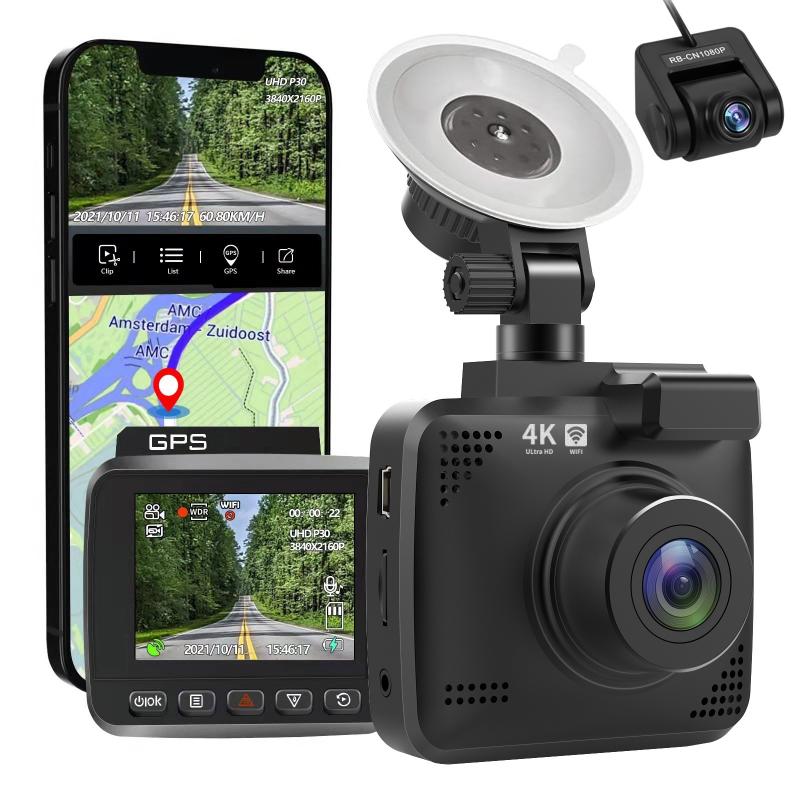
2、 Wi-Fi Direct: Direct connection between camera and other devices.
Cameras with Wi-Fi work by utilizing a technology called Wi-Fi Direct, which allows for a direct connection between the camera and other devices without the need for a traditional Wi-Fi network. This enables users to transfer photos and videos wirelessly, control the camera remotely, and even share content directly to social media platforms.
Wi-Fi Direct works by creating a peer-to-peer connection between the camera and the device it is connected to, such as a smartphone or tablet. This means that the camera acts as its own Wi-Fi hotspot, allowing other devices to connect to it directly. Once connected, users can access the camera's settings and functions through a dedicated app or software.
The latest cameras with Wi-Fi often come with advanced features such as live streaming, where users can broadcast their footage in real-time to platforms like YouTube or Facebook. This is particularly useful for vloggers and content creators who want to share their experiences as they happen.
Additionally, some cameras now offer cloud storage integration, allowing users to automatically back up their photos and videos to the cloud for safekeeping. This ensures that even if the camera is lost or damaged, the content can still be accessed from other devices.
Overall, cameras with Wi-Fi have revolutionized the way we capture and share moments. They provide convenience, flexibility, and instant connectivity, making it easier than ever to transfer and share our visual memories.
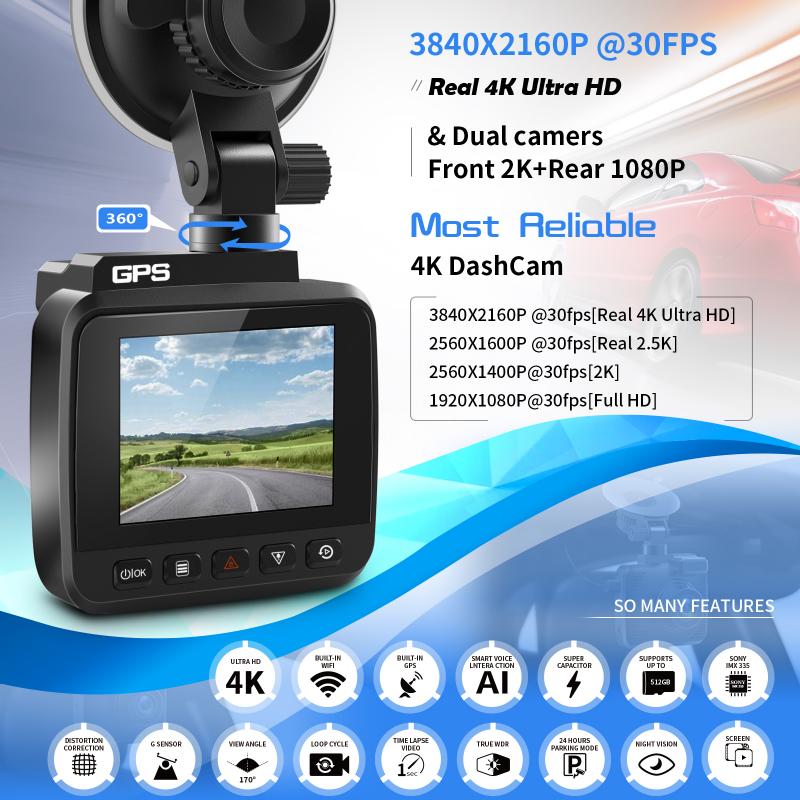
3、 Wireless file transfer: Transmitting photos and videos wirelessly.
Wireless file transfer: Transmitting photos and videos wirelessly.
Cameras with WiFi capabilities have become increasingly popular in recent years, allowing photographers to easily transfer their photos and videos wirelessly to other devices such as smartphones, tablets, or computers. This feature has revolutionized the way photographers work, providing them with instant access to their images and the ability to share them quickly with others.
The process of how cameras with WiFi work involves a few key components. First, the camera must have built-in WiFi technology, which allows it to connect to a wireless network. This can be done through a dedicated WiFi chip or by using a WiFi-enabled SD card.
Once connected to a WiFi network, the camera can then communicate with other devices on the same network. This allows for the transfer of files between the camera and these devices. The camera typically acts as a server, while the other devices act as clients.
To initiate the transfer, the photographer can use a companion app on their smartphone or tablet. This app allows them to browse through the camera's files and select the ones they want to transfer. The app then sends a request to the camera to transfer the selected files.
The camera then compresses the files and sends them wirelessly to the requesting device. The speed of the transfer will depend on the WiFi network's capabilities and the file size being transferred.
In recent years, advancements in WiFi technology have improved the speed and reliability of wireless file transfers. The latest cameras with WiFi capabilities often support faster WiFi standards, such as 802.11ac, which can provide faster transfer speeds and more stable connections.
Overall, cameras with WiFi capabilities have made it easier than ever for photographers to transfer their photos and videos wirelessly. This feature has become a standard in many modern cameras, providing photographers with greater flexibility and convenience in managing their files.
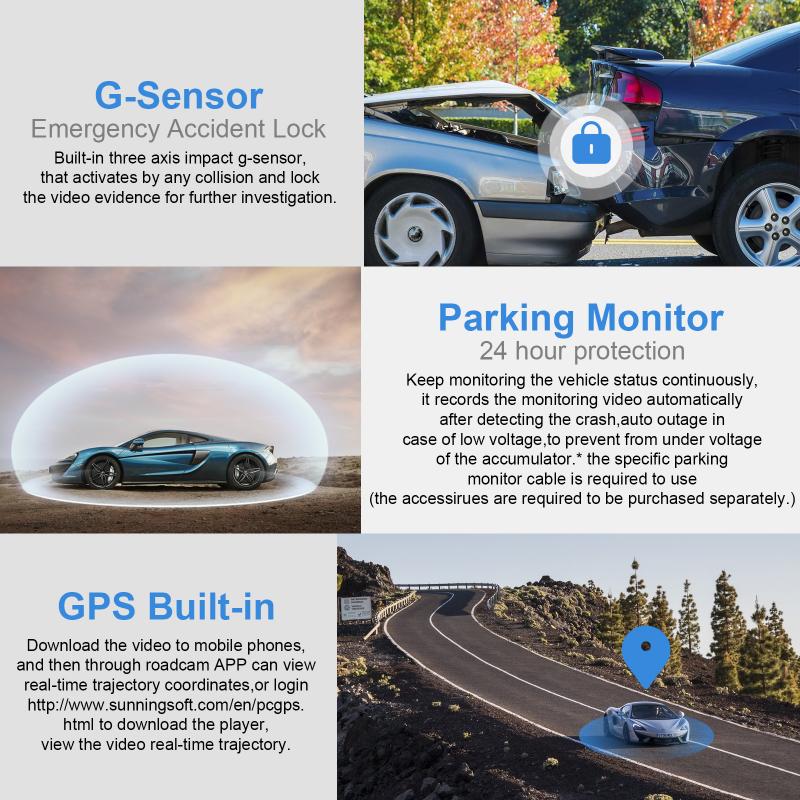
4、 Remote live view: Streaming camera's view to a connected device.
Cameras with WiFi work by utilizing wireless technology to connect to other devices such as smartphones, tablets, or computers. This allows for seamless transfer of photos and videos, as well as remote control and live view capabilities.
One of the key features of cameras with WiFi is remote live view. This means that the camera's view can be streamed in real-time to a connected device. This enables photographers to see exactly what the camera sees, even if they are not physically behind the camera. This feature is particularly useful in situations where the camera is mounted in a hard-to-reach or dangerous location, or when the photographer wants to be in the frame themselves.
To enable remote live view, the camera creates a WiFi network that the connected device can join. The camera acts as a server, streaming the live view feed to the device over the WiFi connection. The connected device then displays the live view on its screen, allowing the photographer to compose the shot and make adjustments remotely.
In recent years, cameras with WiFi have become increasingly popular due to advancements in wireless technology. The latest cameras often come with improved WiFi capabilities, such as faster connection speeds and longer range. Additionally, many cameras now also support wireless transfer of photos and videos, allowing photographers to quickly and easily share their work with others.
Overall, cameras with WiFi and remote live view capabilities offer photographers greater flexibility and convenience in capturing and controlling their shots. Whether it's for professional use or simply for capturing memories, these cameras provide a seamless and efficient way to connect and control the camera remotely.
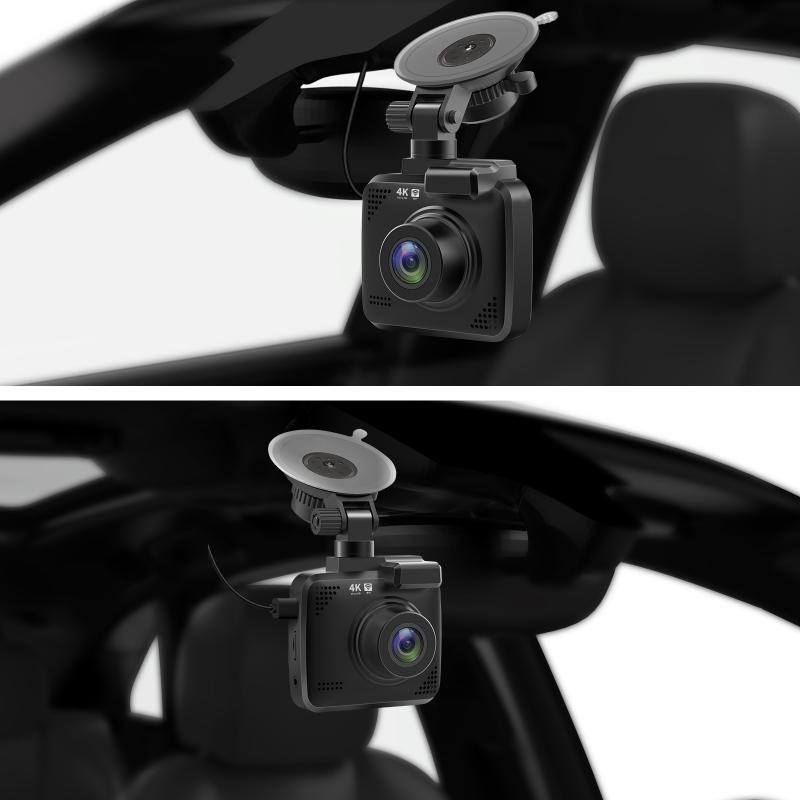












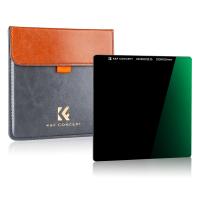
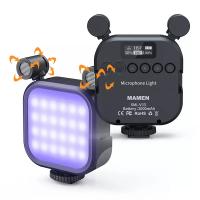
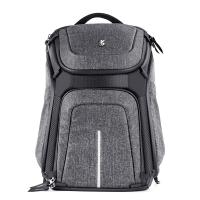









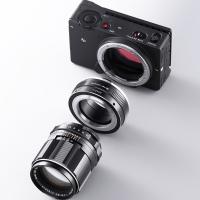
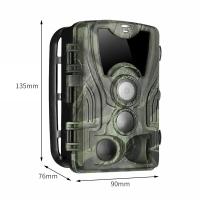
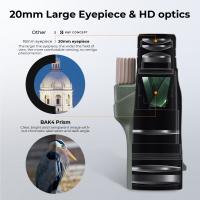
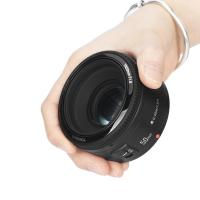

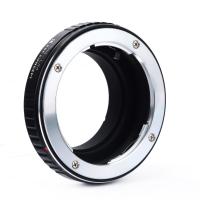
There are no comments for this blog.